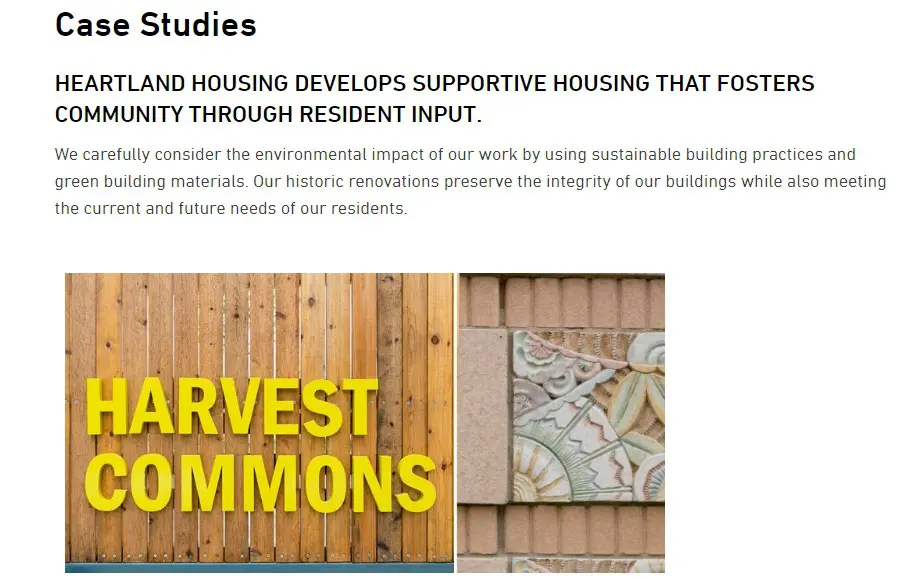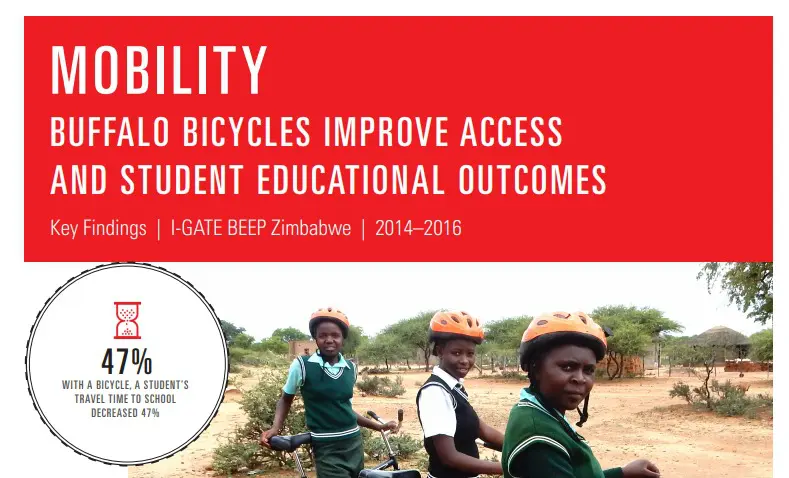

Show your impact. Show supporters how you help. Let supporters know how their donations and volunteer hours are making a difference. I know you’ve heard all of this a million times. And a nonprofit case study is one way to actually do it.
Similarly to your run-of-the-mill business or research case study, a nonprofit case study digs into a challenge and offers insight (most often in the form of data and analysis of that data) on how and why it has since improved based on specific things that your organization has done.
For example, a leadership-building nonprofit might create a case study around a leadership summer camp they offer and how those young leaders went on to improve the community because of the knowledge and skills they learned at camp.
They might even focus on a specific student that went through that program. If you decide to zoom in on one individual’s story for your case study, check out our post on case stories to get advice geared toward that specific approach.
To create a nonprofit case study, you’ll need access to data surrounding your chosen issue and subject. That could include both outside resources from your community, like research studies or reports from other organizations, as well as your internal program or survey data.
If you don’t have the necessary knowledge or experience of the topic you’ve chosen for the nonprofit case study, plan to chat with someone who does and pick their brain about the topic and potential areas or clients to explore. Teamwork makes the dream work.
The goal of most nonprofit case studies is to demonstrate your impact. Think of your mission and vision.
As you’re considering a topic, available data should play a role. Do you have the numbers to back your claims of an impact? Supporters will easily see through the holes in a case study that’s not backed by credible data. Case studies allow you to focus on the “show, don’t tell” approach and a lack of data will leave your argument and claims of an impact pretty flimsy.
Noting that you can access data is often easier than actually tracking down the numbers that you need. Circle up with team members involved in program and service logistics to find and understand the numbers for your case study topic.
This will likely also include some outside research on your part. Bring in data from reputable outside organizations to paint a background picture of the overall issue and challenge that your nonprofit faces. Going back to the leadership camp example, they might bring in statistics or studies about at-risk youth and the positive effects of mentoring.
As you’re drafting your first nonprofit case study, a template can help you frame the study in an easy-to-digest way. While you might decide to make a few tweaks as you go, we’ve found this template to be a great foundation.
Paint a picture of your work and the community you work with.
Explain the issues that were faced from the outset of the project, program or service.
Dive into the impact of your actions now that your readers and supporters have a solid understanding of the situation.
Wrap up your nonprofit case study with a brief summary of the impact your organization achieved and any next steps for the program or service to work toward expanding that impact. This is also a great place to include a strong call to action to let readers know how they can help — whether that’s through donations, volunteering, spreading awareness or another action.
Before you jump into creating one of your own, check out a few other organizations who’ve done it well.

Habitat for Humanity East Bay/Silicon Valley created a social impact study to show the continual impact of a new home on their past clients’ lives. Using a survey conducted by a third party, they demonstrated health benefits, increased savings and higher graduation rates for kids.

Not all case studies are necessarily labeled as such. Yellowstone to Yukon Conservation Initiative uses the grizzly bear population as an indication for the health of natural land. On their “Why Y2Y” page, they laid out their challenge and solution in a compelling call to action to support their cause. To keep the study succinct, they link other pages on their site for additional information.

Rainforest Alliance conducted ten case studies, each in a different community and location, to show how their community-central model of forestry conservation can benefit both the communities and the forests. They end the page with a strong call to donate to help protect forests.

Through their housing development projects, Heartland Alliance Housing claims a comprehensive approach through partnerships with residents and the community. And with their Housing Case Studies, they’re able to actually show how those partnerships and considerations of a sustainable future benefit everyone.

World Bicycle Relief dug into one of their programs to demonstrate their overall impact on improving access to education in developing countries. This case study on their Improving Girls’ Access through Transforming Education program clearly outlines the need, opportunity and impact, wrapping up with a push to support their overall organization.
Nonprofit case studies are a great tool for fundraising communications, annual reports, impact pages and awareness building. Once you put in the work to create one, you can use it in both online and print communications to encourage old and new supporters to become more involved with your organization.
Case studies allow you to back up your ask with real impact that you’ve accomplished.
Does your nonprofit have a compelling case study you’d like to share? How do you use it to move your marketing forward? I’d love to hear more and swap case studies in the comments.